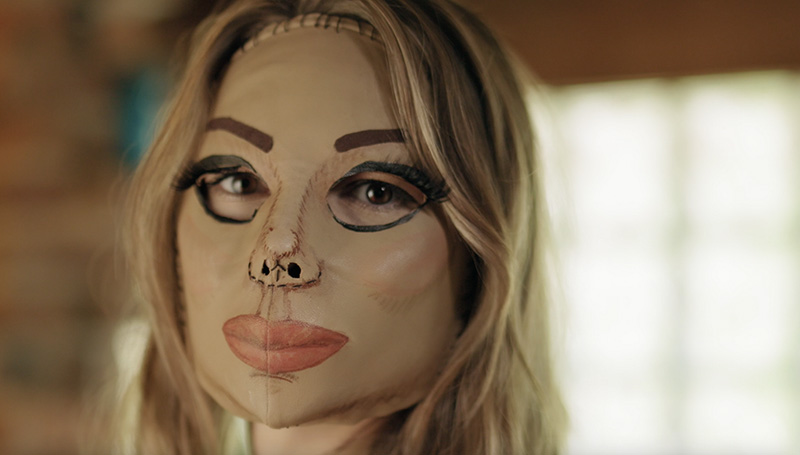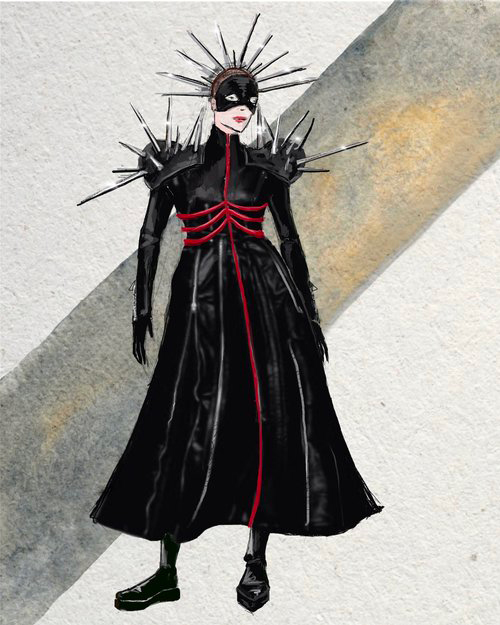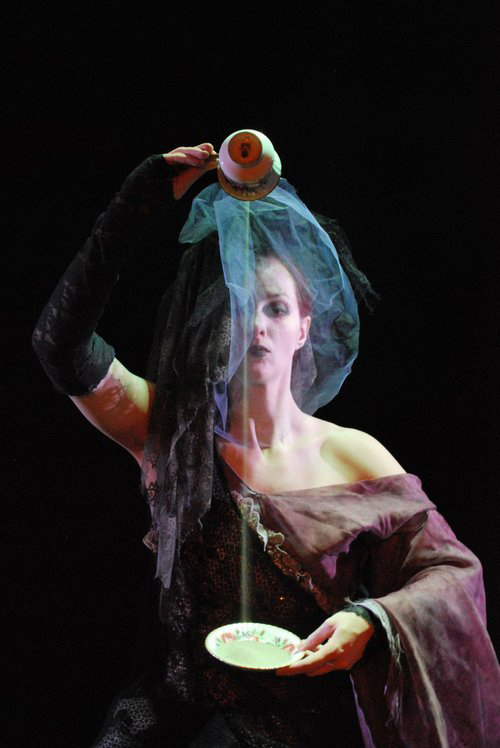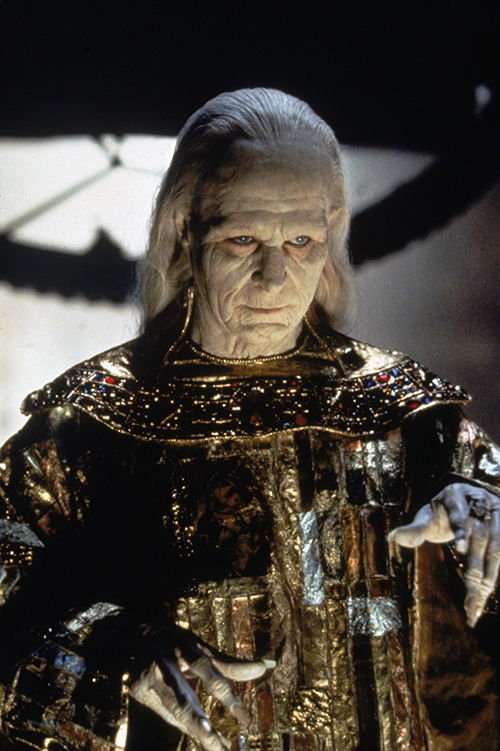What does one wear to an international costume conference?
“The magic of it is that we are all different, and we don't mind showing it through how we dress or choose not to,” says Snežana Pešić, an award-winning performance designer.
With work seen across Canada and internationally in costume and set design, Pešić — an assistant professor, teaching stream at the Faculty of Arts & Science’s Centre for Drama, Theatre & Performance Studies — has been invited to participate in the prestigious Critical Costume 2024 international conference and exhibition.
The conference — which runs March 6-9 at the University of California, Los Angeles’ School of Theater, Film & Television — brings together the who’s who of costume and set design, as they explore the role and significance of costume design in motion pictures, television and theatre.
“Many designers wear comfortable, casual clothing since we will be active the entire day, but there are also some more eccentric examples,” adds Pešić. “We are a bit more put together for social gatherings and performances, and this time around we will wear cocktail dresses and gowns for the Oscar watching party.”
She’s excited to hear the presentations and lectures, while rubbing elbows with the industry’s top costume designers, including Oscar and Emmy winners and nominees. She’s also giving a talk herself titled, “Costume in Between Two Worlds (Film and Theater).”
“This talk is a brief, comparative study of how the same costume appears and projects differently in film and theatre, combined with production elements specific to these art forms,” says Pešić.
And she’s showcasing her experimental short film Suture, which is part of her costume design research project, Modified Bodies.

Modified Bodies and Suture explore the popularity of cosmetic surgery and examine the degree to which the human body can be transformed to function as costume. The projects were born out of Pešić’s fascination with the relationship between flesh and garment and the impact of cosmetic surgery on contemporary fashion.
Suture — her directorial film debut — received an award for Best Experimental Short Film at the Toronto Independent Film Festival 2022 and Veracruz Short Film Festival 2023.
“I was committed to doing something completely on my own,” she says. “This was a topic I was interested in for a very long time, how contemporary body modifications affect how we present things on stage.”

For the project, she created 10 garments made out of beige leather. The costumes include dark stitching and accentuate different parts such as eyes, lips, breasts and buttocks.
So what does she love most about costume and set design? It’s both the creative conceptualization process followed by being able to roll up her sleeves and work with her hands, especially with the manipulation of fabrics.
“Very early I came to an understanding that for me, design is a very intellectual process,” she says. “I love brainstorming a story that way. Set design is potentially the most satisfying aspect of taking a story into the visual, but I also really enjoy working with textiles and fabrics.
“I'm one of those designers that’s really involved with creation, I feel awkward when I can’t touch the costumes, which sometimes happens in theatres, other people are doing this for you, you can’t stretch it, alter it or paint it. I really love the hands-on creating.”
She also loves seeing concepts come to life on stage when designing sets. “It’s very rewarding and satisfying when you create your sketch, you do the model, and then that appears on stage,” she says.
Is there a downside to costume design? There is for Pešić: not being able to shut the critical brain off when seeing performances.
“I can’t watch a theatre show normally,” she says. “I can't just sit there and enjoy it, I’m always looking critically and thinking about it.”

That includes performances with her own costumes and sets. “I am my own harshest critic,” she says. “I'm always unsatisfied on some level. Usually gratification comes to me after a few years and I'm like, ‘Okay, that was pretty good.’”
And Pešić’s critical eye doesn’t stop when the final curtain falls.
“I look at people in the street and I'm recording mentally what they are wearing, how that can be used. Because I’ve been doing costumes for 20 years, I'm completely tuned in to that, how bodies look, how clothing looks on particular bodies.”
She encourages her students to do the same — to see the creative beauty and inspiration in everyday life.
“I encourage my students to nurture their creativity by being curious about anything that can inform their artistic practice,” says Pešić. “From popular culture, history and art to science and technology — everything they invest time to research and learn about could inspire them and open their imagination.”
When Pešić returns from Los Angeles, and resumes teaching her courses on costume and set design, no doubt her students will be a little star-struck with her tales of glitz and glamour among the costume design elite. She plans to remind them that her success and her accomplishments didn’t happen overnight.
“You need to commit, you need patience. The hardest thing about this work is that it doesn't come fast. If you want to create something good, you need to practice and build the skills.”
Snežana Pešić’s picks for movies with the best costumes:

- Dracula (1992)
Costume designer: Eiko Ishioka
“Watching this film, I’m always in awe of Ishioka's endless imagination and the originality of her creations. She showed all her talents in this film — from elaborate, perfectly tailored Victorian garments to extraordinary animal-inspired fantasy costumes.” - Amadeus (1984)
Costume Designer: Theodor Pištek
“The costume design for Amadeus is a masterpiece in its own right. It perfectly balances the comic and tragic nature of the musical genius and Mozart’s overall complexity. The costumes are multi-layered, elaborately coloured and complemented with eccentric wigs whereas his rival's dress is immaculate but lacks colour, emotion and flamboyance — similar to his music.” - Mad Max: Fury Road (2015)
Costume Designer: Jenny Beaven
“The costumes for this film impress me primarily as a creation of an original world from scratch, using familiar elements and found objects in an extraordinary fashion.” - The City of Lost Children (1995)
Costume designer: Jean-Paul Gaultier
“Costumes for The City of Lost Children strike me as a perfect combination of Gaultier's haute-couture fashion and the fantastical, dark nature of the film's story.” - The Piano (1993)
Costume Designer: Janet Patterson
“I love how immaculate but alive these period costume pieces feel, from recognizable silhouettes to carefully distressed garments. They look like they belong to the actors' bodies and move with them perfectly.”

